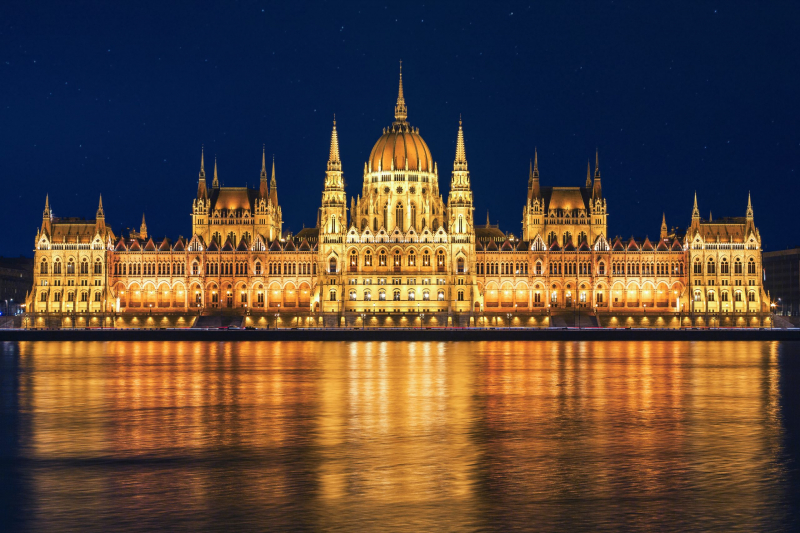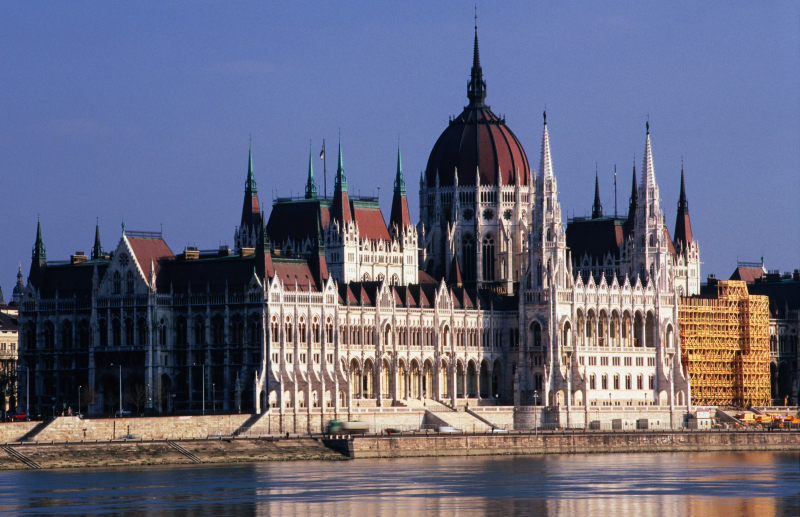Hungarian Parliament

The National Assembly of Hungary is housed at the Hungarian Parliament Building, sometimes referred to as the Parliament of Budapest due to its location. It is a well-known landmark in Hungary and a well-liked tourist attraction in Budapest. On the eastern bank of the Danube, in Pest, Kossuth Square is where it is located. Imre Steindl, a Hungarian architect, created the neo-Gothic structure, which debuted in 1902. Since its construction, it has been Hungary's biggest structure.
The Parliament Building features a symmetrical façade, a central dome, and was constructed in the Gothic Revival architectural style. The architecture of the dome is Renaissance Revival. From the inside, the parliament is generally symmetrical, with two similar parliament halls on the opposite sides of the structure. Although the building's official primary entrance is from the plaza on the east side, the building's main façade faces out into the Danube. There are a total of 242 sculptures on the walls both inside and outside. Statues of Transylvanian and Hungarian leaders as well as well-known military figures are shown on the façade.
The hexadecagonal (sixteen-sided) center hall and its two enormous neighboring rooms, the Lower House and the Upper House, are two of the most well-known features of the structure. The Upper House serves as a conference and meeting space while the Lower House serves as the unicameral meeting location for the current National Assembly. Since 2000, the central hall has featured a presentation of the Holy Crown of Hungary, which is also shown on the country's coat of arms. The structure is almost always being renovated because of its wide surface area and intricate craftsmanship.
Location: Budapest, Hungary
















